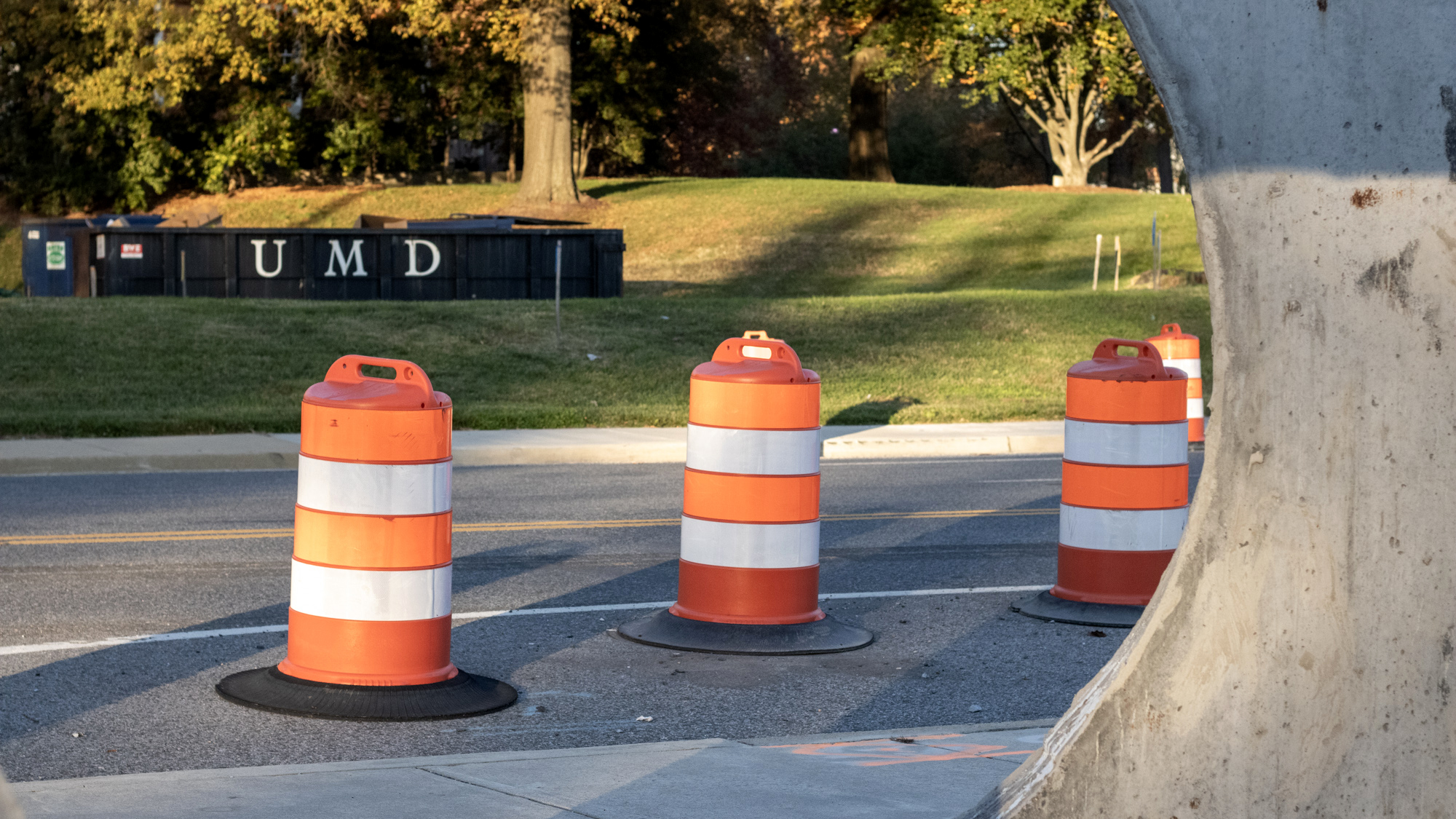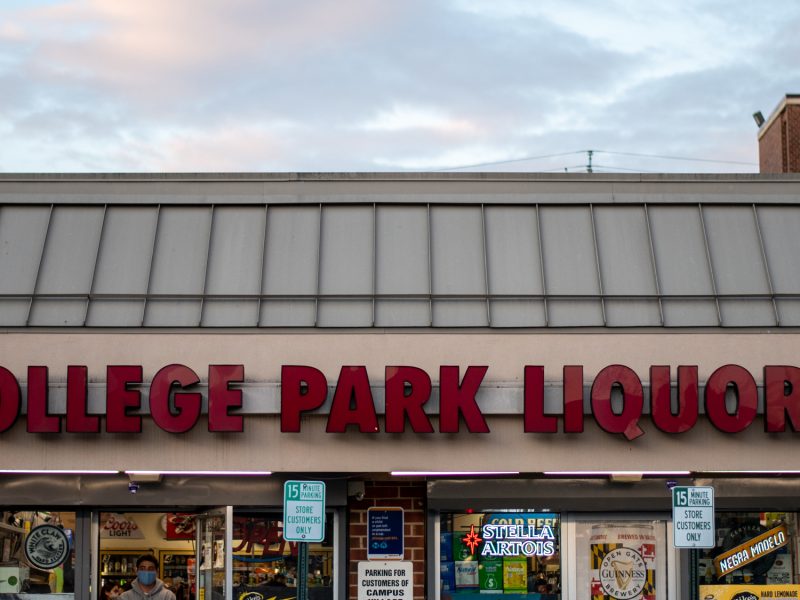In 2011, the city of College Park set out to become a top-20 ranked college town by 2020. And nine years later, it’s still pushing.
The College Park City Council approved the College Park City-University Partnership Vision 2030 last month, a follow-up to the ambitious University District Vision 2020. The program includes efforts to diversify retail options, promote walkability and develop sustainable, affordable housing.
For Mayor Patrick Wojahn, the vision describes a city with a thriving downtown that is vibrant year-round — not just when students are in town — with many long-term residents supporting local businesses.
In order to reach the goal, the city is focusing on the criteria for the top college town ranking, which include student diversity, cost of living, transportation mobility, unemployment rates and bar availability, among other factors.
Although College Park has not yet reached top-20 status, its efforts to address its shortcomings are driving the city closer to that goal.
Supportive relationships between this university and innovative local businesses will provide more jobs for the city and lead to a thriving innovation ecosystem, Wojahn said.
“How do we create a vibrant, welcoming city for everyone?” said Ken Ulman, president of the Terrapin Development Company. “That means students — undergraduate, graduate — faculty, staff, folks who work in our Discovery District and really anyone who wants to live in College Park and be a part of the community.”
[Construction has started on a new apartment complex near Denny’s]
Ulman said there’s been “tremendous progress” in collaborative work between this university and the city. A portion of that progress came from the partnership’s homeownership program, which gives eligible university and city employees incentive to move to College Park with a $15,000 zero-interest loan.
Despite more long-term residents, a slew of housing construction projects in the city and new businesses such as Vigilante Coffee Co., some say the city still lacks some development.
Ulman, who also works as the university’s chief strategy officer for economic development, said students have raised concerns about the lack of retail options on Route 1.
“I tell them [that] we need a broader customer base to be able to support broader retail choices,” he said.
Long-term investment in economic development is expected to make College Park a more dynamic city and bring these changes.
Looking ahead 10 years, Eric Olson, executive director of the partnership, sees a College Park where people don’t need a car to get around.
“There’s a current project going on to make [Route 1] a better boulevard, so much more walkable than it is now [and a] very bike-friendly community,” Olson added.
[Riverdale Park, College Park restaurants prep businesses for upcoming temperature drop]
Many significant strides toward the vision won’t take a decade to complete. Notably, the construction of the 16-mile Purple Line is expected to be completed in the next few years. Nearly a quarter of the light rail’s stations will be located within College Park.
Sen. Malcolm Augustine (D-Prince George’s County) said he is optimistic about the Purple Line’s economic and transportation impacts and getting cars off the road by connecting the region.
“The Purple Line is an outstanding project that will connect Prince George’s County and Montgomery County,” he said.
The various ongoing projects in College Park represent greater development goals that span the region.
“We’re actually in a good position to continue the good work that we’ve done recently and certainly over the last 10 years to achieve this vision,” Olson said. “It takes hard work and it takes getting out of the pandemic.”



